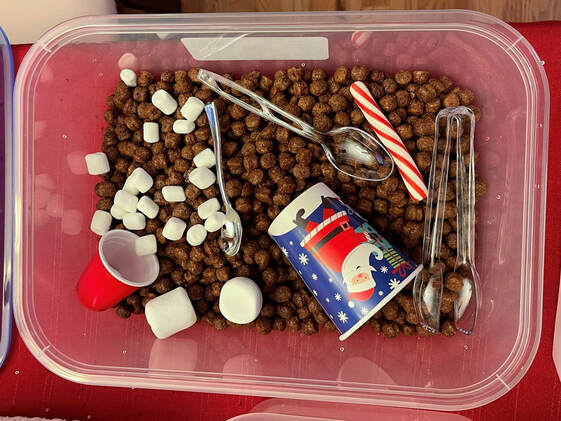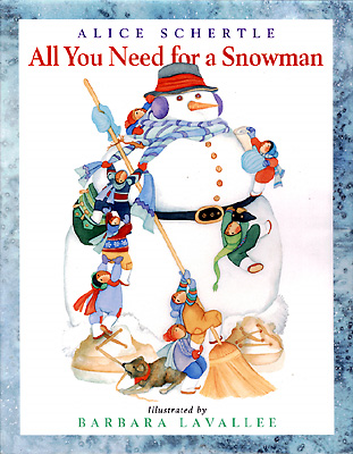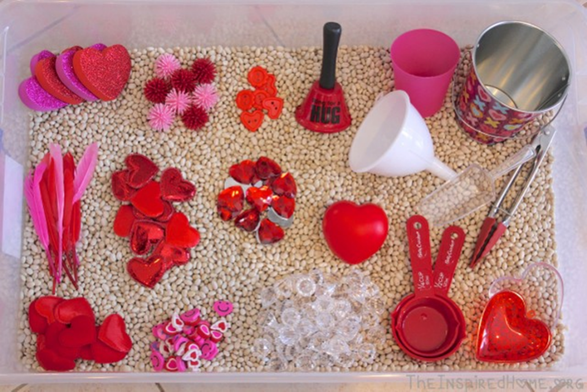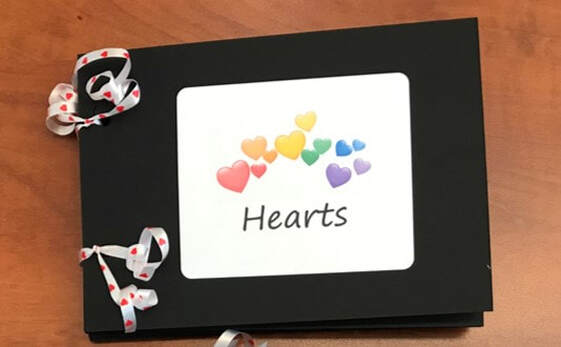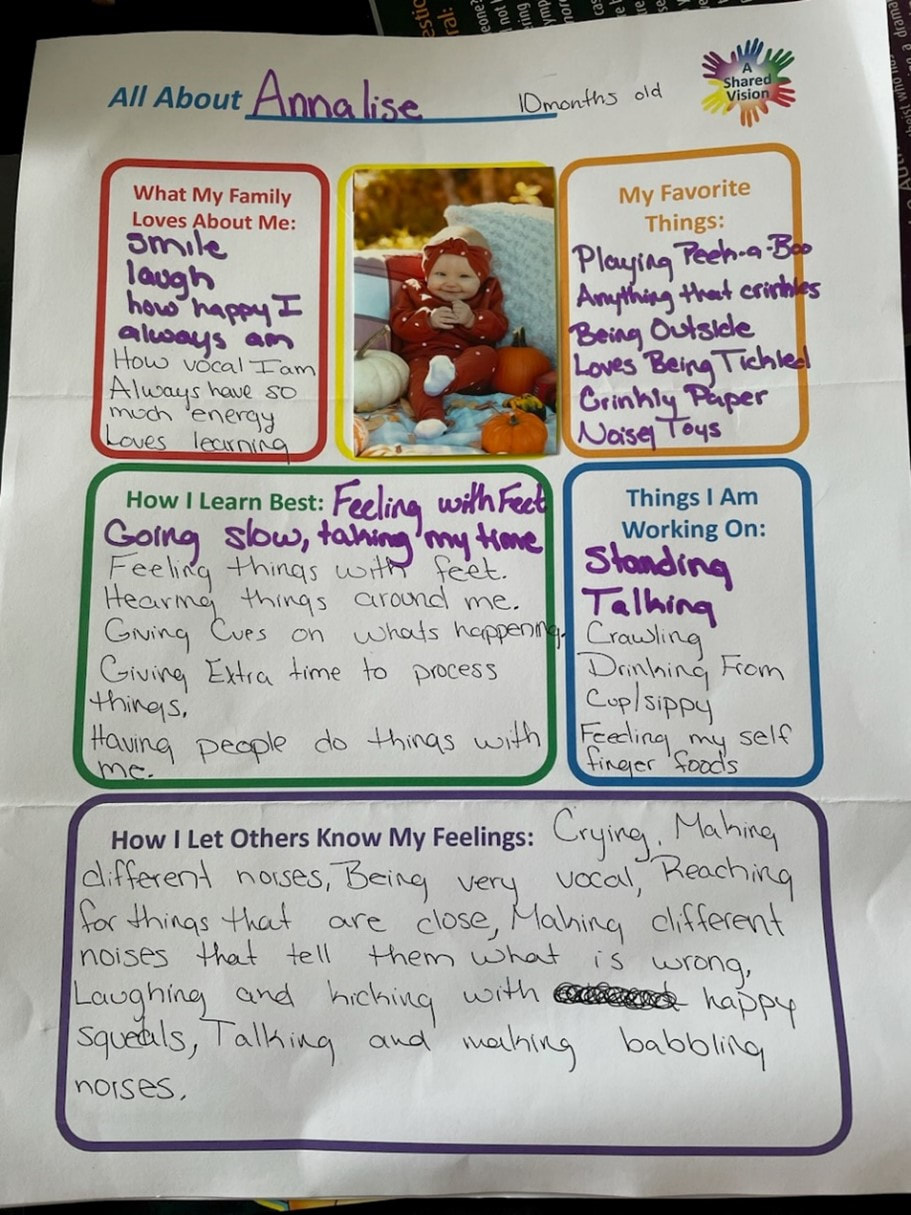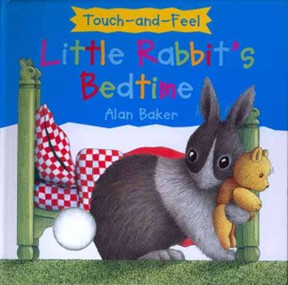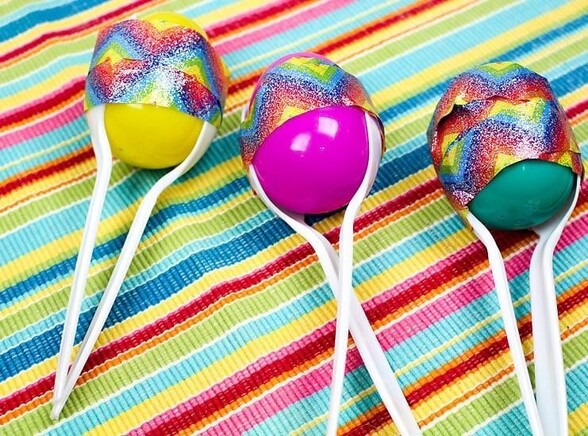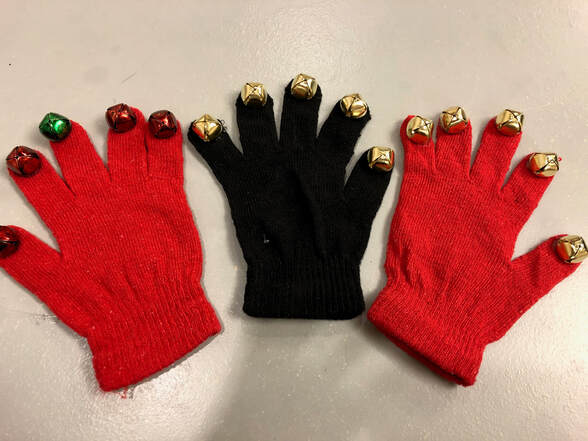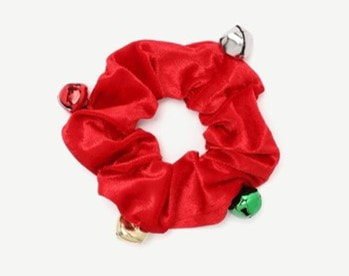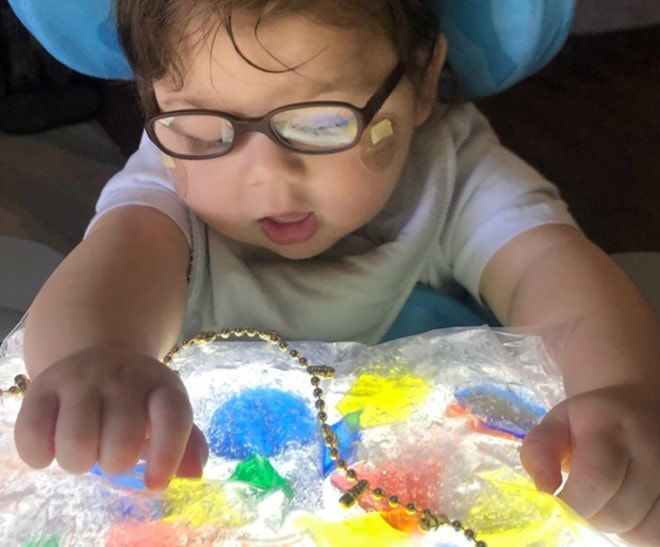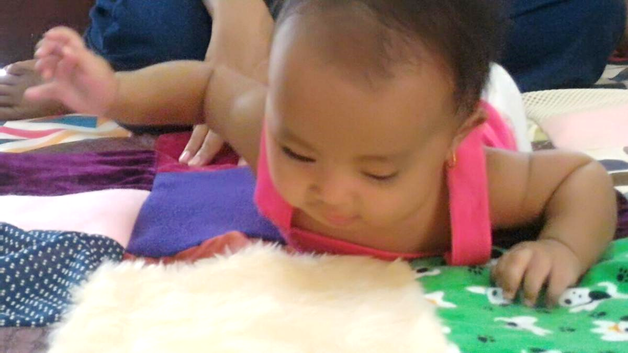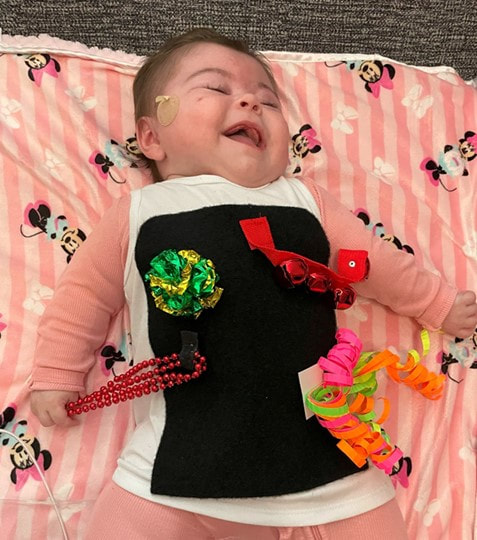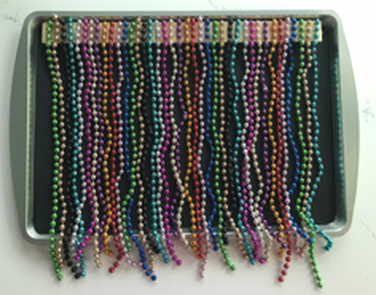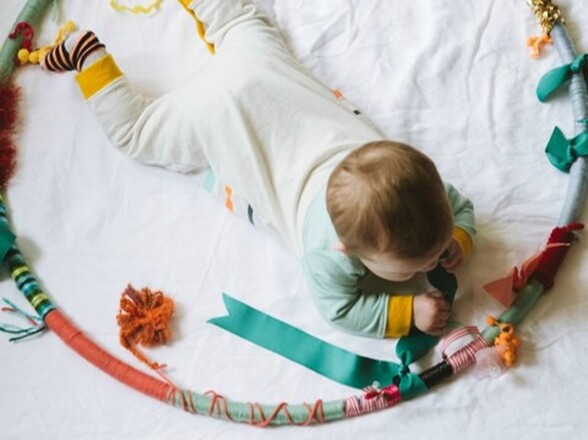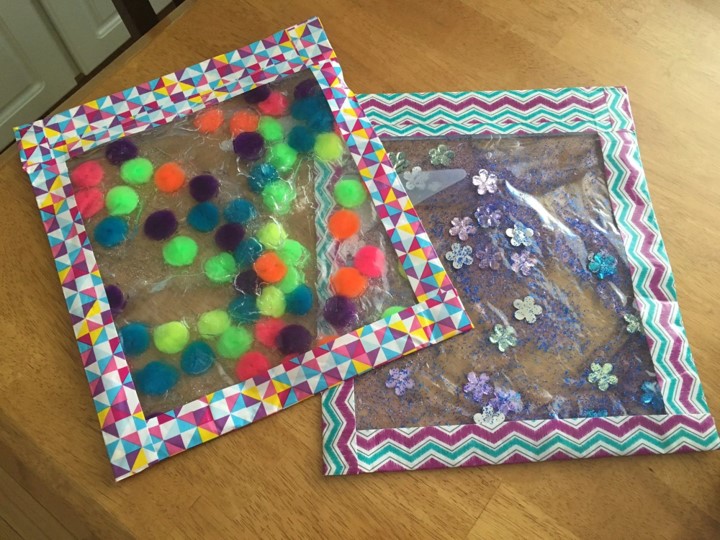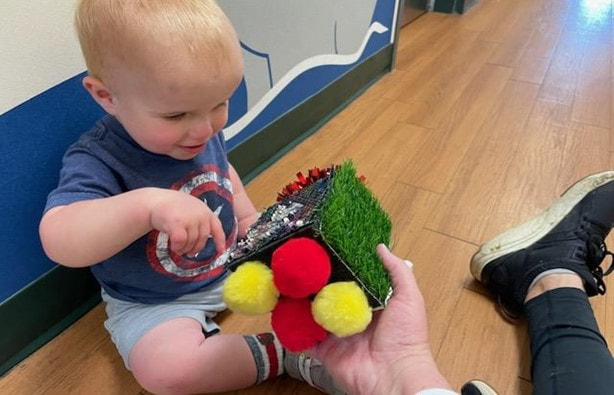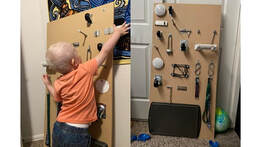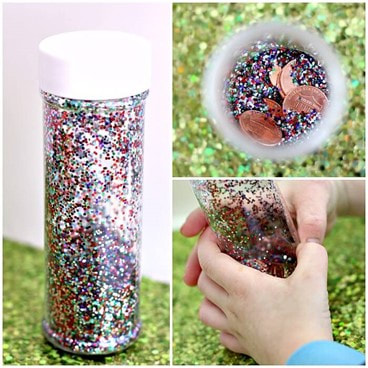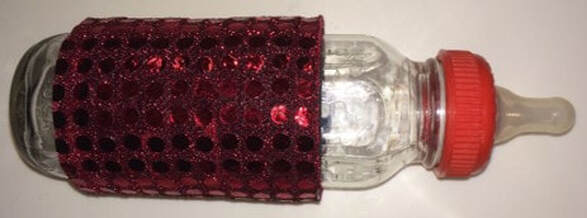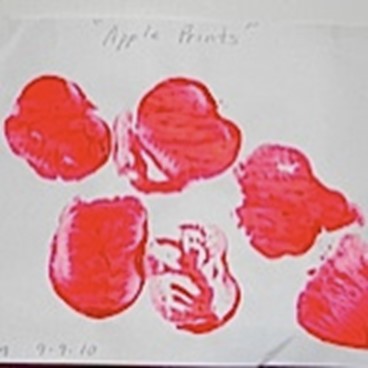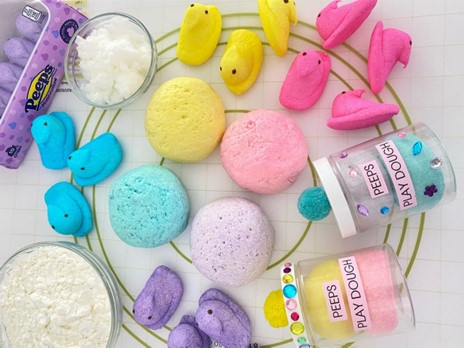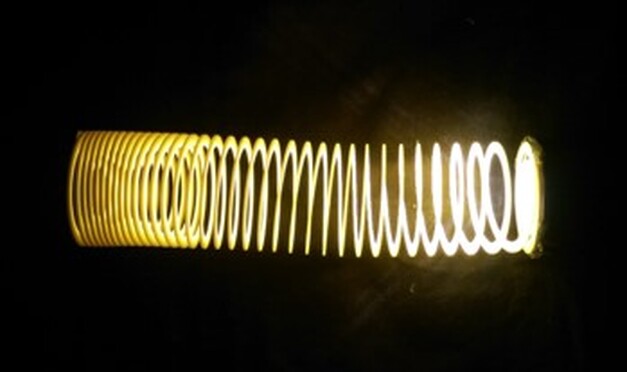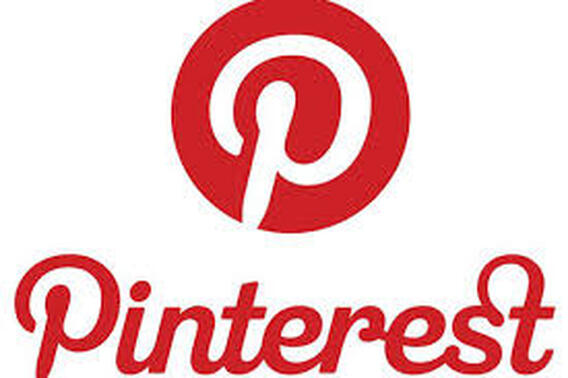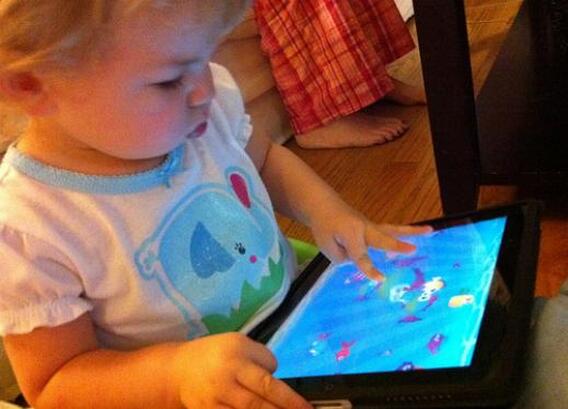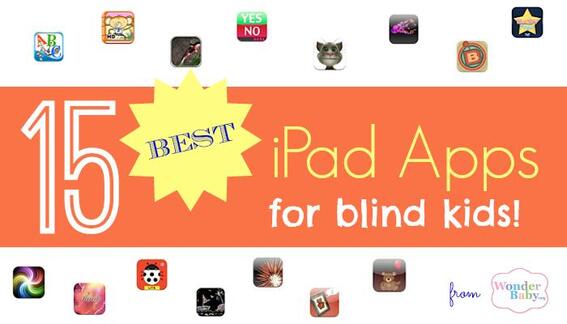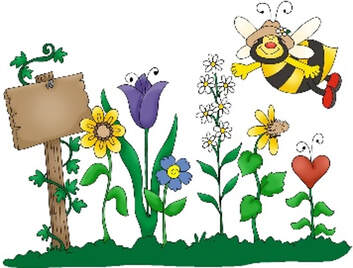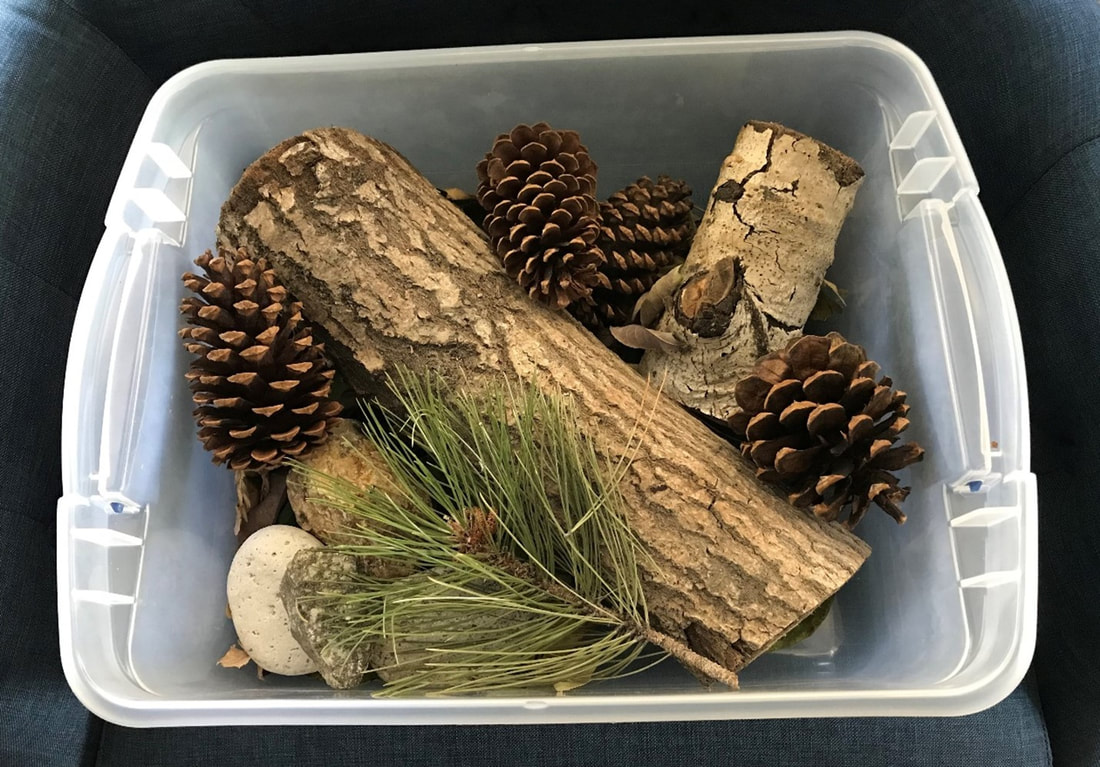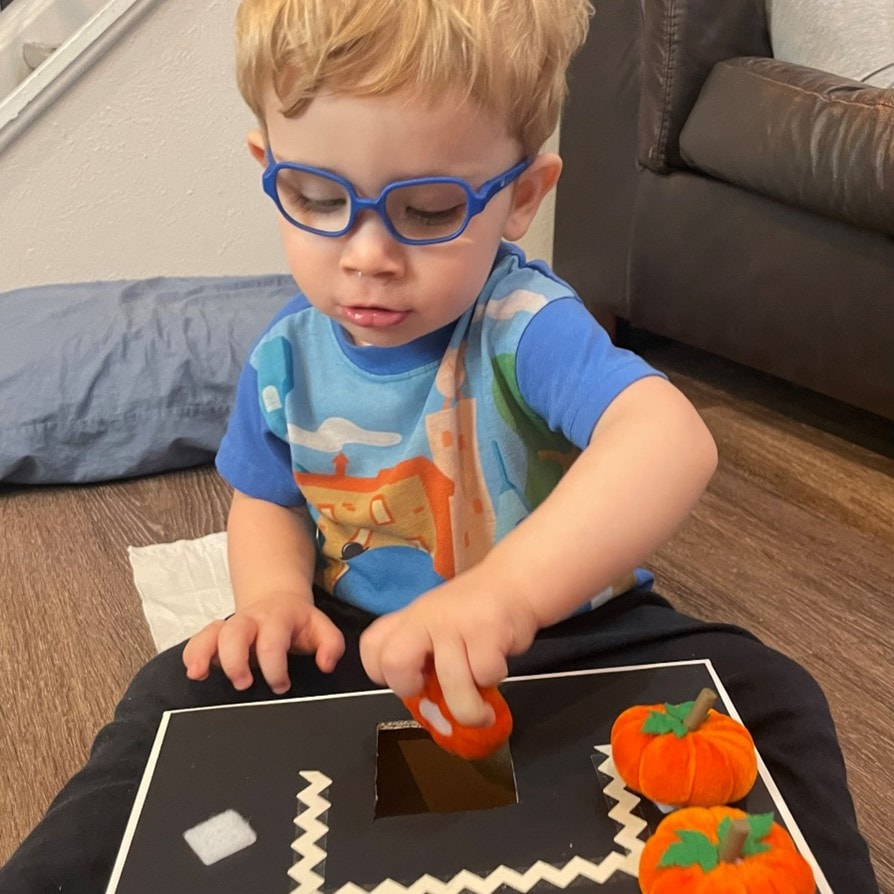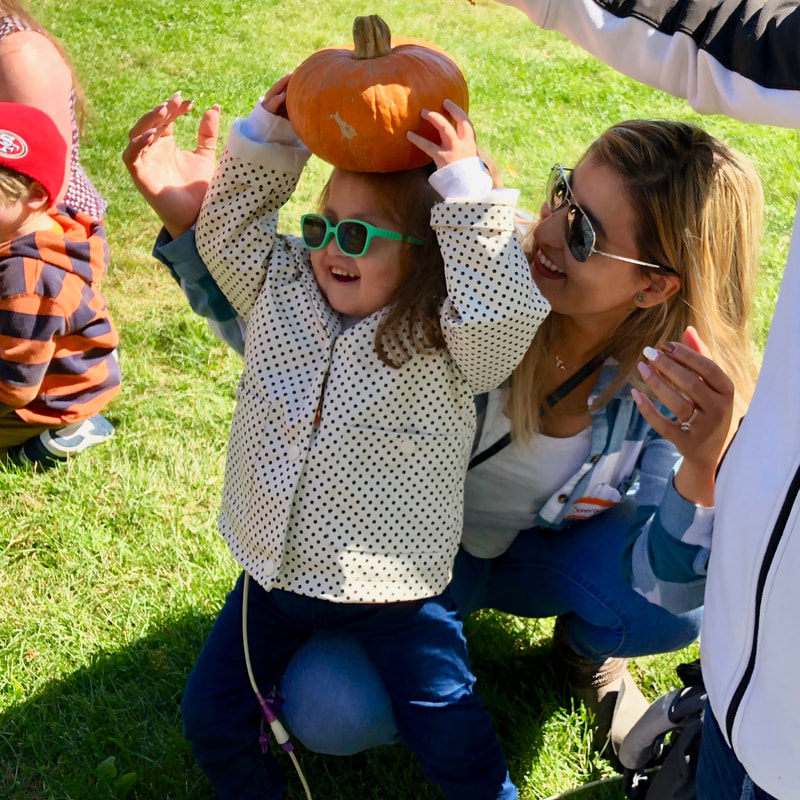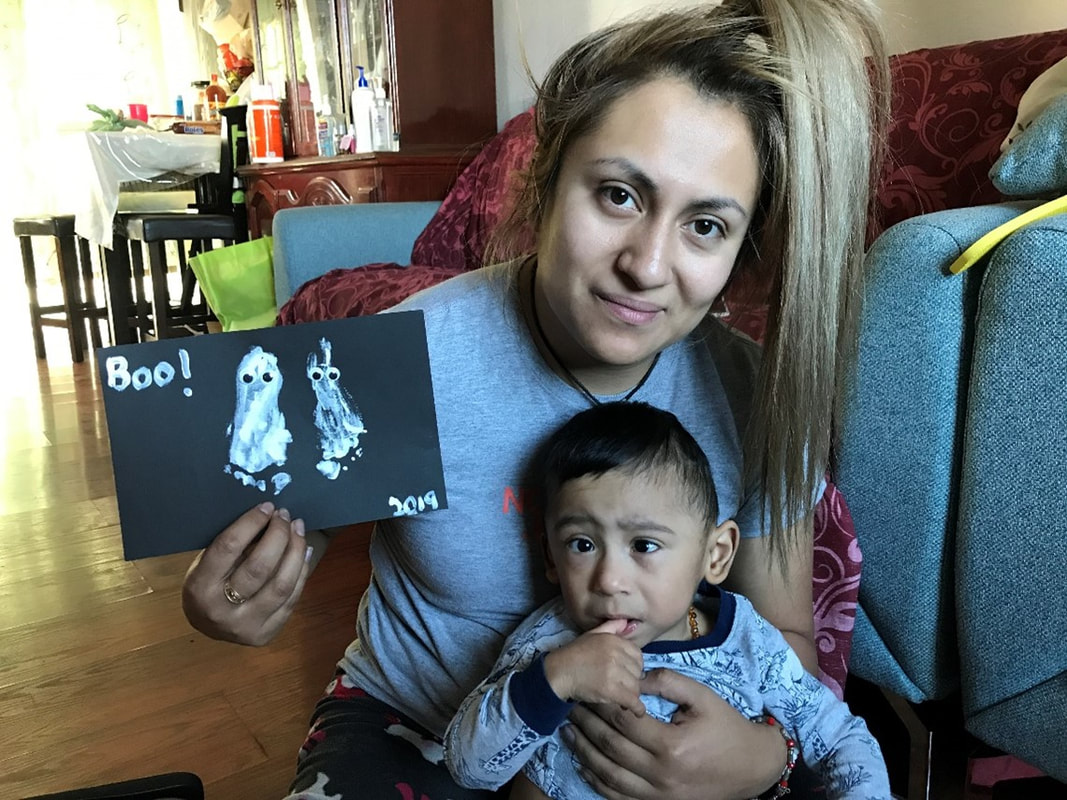Music, crafts, toys, and apps for very young children who are blind, deaf-blind, or visually impaired.
|
|
Explore a variety of fun activities - seasonal, literacy, musical, sensory - to support your child's cognitive, social, emotional, and physical development.
|
Quick Links:
|
Music With Your Child
Music Therapy with Amanda Brigham. Board certified music therapist Amanda Brigham shares short videos (click HERE) on how music affects a child's sensory development by stimulating visual, auditory, tactile, vestibular and social skills. No musical experience or special instruments are required. Making music with your child is fun!
|
Seasonal Activities
Holiday Sensory Bins
Capture the holidays in three sensory bins your child can touch, smell, and even taste. Click HERE.
|
Make a Winter Story Box
Are you looking for a fun way to brighten up the cold winter days? All You Need for a Snowman by Alice Schertle and illustrated by Barbara Lavallee is a wonderful book to read aloud, and it lends itself especially well to being made into a story box. Click HERE.
|
Let's Make a Valentine's Day Sensory Bin
Children who are blind or visually impaired need to know about colors. Even if a child can’t see the colors, they need to understand the concept of colors and how they are used as descriptive words, especially as children are learning emergent literacy skills in pre-school. Click HERE for this article by Penny Duffy (WonderBaby).
|
Make a Valentine Texture Book
Texture books are board books with fabric, fur, leather, or other materials glued on each page. They introduce very young children to the concept of a book with pages. They also help children who are visually impaired learn early tactile skills, which are critical for understanding braille. Here are instructions for making a Valentine texture book with a popular rhyme. Click HERE.
|
Literacy Activities
"All About Me" Books
How do you describe your child to others? What do you want other providers, family members, or your child’s school support team to know about your child? You can create a snapshot of your child that you can share with others with an “All About Me” book. Think of it as a “quick guide” to your child. You can publish an “All About Me” book on your computer like the one above or make a simple one-page profile. The possibilities are endless! Click HERE.
|
Let's Make a Texture Book
Early literacy begins in the first three years of a child’s life. How do you make books engaging when the pictures are not interesting or meaningful to a very young child who’s blind or visually impaired? A texture book is a simple solution and they’re easy to make yourself. It might become your child’s favorite book! Click HERE.
|
Beginning Story Box: Little Rabbit's Bedtime
Story boxes are a collection of real objects that correspond to the illustrations or events in a story. Little Rabbit’s Bedtime, by Alan Baker, is a great example of a very simple story that describes events from the child’s own experience, such as bedtime, bath or mealtime. Click HERE.
|
Make a Bubble Book
Encourage your child’s tactile skills with this book you can make for your child and read together. Texture books are board books with fabric, fur, leather, or other materials glued on each page. They introduce very young children to the concept of a book with pages. They also help children who are visually impaired learn early tactile skills, which are critical for understanding braille. Click HERE.
|
Musical Activities
Make Your Own MaracasCelebrate Easter, Cinco de Mayo or any festive holiday with these fun, easy-to-make maracas. Babies and young children with visual impairments respond to the sound they make and their bright colors. Click HERE.
|
Ring the Bells!
Put to music, finger plays are a fun way for children who are blind or visually impaired develop language by increasing vocabulary, learning the sounds of words and hearing rhythm. To make the mittens, all you need is a pair of children’s stretchy gloves, assorted jingle bells found at most craft stores, hot glue sticks and a glue gun. Click HERE.
|
Make a Jingle Bell Scrunchie
Encourage your child’s fine motor skills and body awareness with this fun holiday toy. Click HERE.
|
Rainstick Sensory Bottle
A rainstick musical sensory bottle stimulates both the auditory and visual sensory systems, and the sound it makes is very soothing to children and adults. It is commonly made in the shape of a tube and partially filled with small pebbles, beans, or rice. Tipping it from top to bottom causes the rice to bounce off the sticks and produces a sound reminiscent of rain falling. If your child uses his vision, they can also watch the rice fall through the sticks. Click HERE.
|
Sensory Activities
How to Build a Toy Bar
Very young children who are blind or visually impaired learn best by being active participants in their environment. A toy bar is one way to encourage participation because they will use purposeful movement to reach for or grasp an object hanging from the bar. Click HERE.
|
Enlightening Light Boxes
If you asked a Teacher of the Visually Impaired what their favorite educational tool is, most likely it would be the light box. A light box is a box-like object with a smooth surface that is illuminated from underneath. It is used to help children who are visually impaired develop an awareness of light, color, and objects. It can also help a child develop visual attention, tracking and scanning skills, and eye-hand coordination. Click HERE.
|
Tactile Baby Blankets
Tactile baby blankets or quilts are a wonderful way to encourage exploration among our youngest children who are blind or visually impaired, including those with multiple disabilities or deaf blindness. Presenting the child with a variety of tactile elements encourages exploration and promotes a baby's cognitive development. Click HERE.
|
Make a Tactile Tank Top
A very young child with a visual impairment often holds their hands close to their body because they haven’t yet learned to reach out and explore their environment. A tactile tank top is a fun way to encourage tactile exploration because they don’t have to reach very far to find something interesting to touch. They’re wearing it on the tank top! Click HERE.
|
Make a Sensory Curtain
Children with blindness or visual impairments use all their senses for learning. Ordinary household objects that vary in texture, weight, smell, sound, and color are perfect "toys" for engaging the senses. This easy-to-make sensory "curtain" is a great example of a simple toy that has color, sound, and texture. Click HERE.
|
How to Make a Sensory Hula Hoop
Sensory hula hoops encourage babies to lie on their tummy and play. It’s also a great toy for babies who are blind or visually impaired. Click HERE.
|
Sensory Gel Bag
How does a child who is blind or visually impaired use their senses? One way to find out is to make a sensory gel bag together and then play with it. It’s easy to make. Depending on what you put inside the gel bag, it provides many tactile opportunities. Craft projects like this one are fun for the whole family, too, because the designs are endless! Click HERE.
|
Make a Sensory Cube
One of the ways your child learns is through touch. It is how they gain information about the world around them, either through their hands, feet, or even mouth. How do you encourage this sense in your child, even if they are sensitive to tactile stimulation?
Sensory cubes are a fun, tactile toy you can make yourself and play with your child. They are decorated in different colors and textures, and playing with them is an easy way to build tolerance for touch because they’re small, lightweight, and portable.Click HERE. |
Build a Busy Board
As the name suggests, a busy board is so engaging it keeps your child busy playing with it. Justyn created this busy board (above) for his son Havyk because “he’s constantly moving.” Flipping switches, turning things on and off, opening and closing doors, twisting handles, spinning wheels – anything to keep Havyk’s hands occupied. Although this busy board is made with everyday items found at the local hardware store, you can make a busy board out of anything that holds your child’s interest, such as shiny paper or bows, kitchen utensils, small toys, ribbons, or fabric. Click HERE.
|
|
|
CVI Friendly Slap Can Koozie
Encouraging children to use their vision for functional purposes is often easier to do when the target is food! Making a bottle of milk or a cup of juice really stand out is easily achieved by using a CVI Friendly Slap Can Koozie. Click HERE.
|
Apple Prints
Use the hand-under-hand strategy to help your child make these fall-themed prints. Click HERE.
|
Touch and Feel Sensory Sticks
Sensory play is a crucial component to early childhood learning and development. Many infants or young toddlers want to touch everything, and then maybe taste it, shake it, and so forth. This DIY project focuses specifically on touch and feel sensors and best of all, it couldn’t be easier to create. Click HERE.
|
Peeps Play Dough
You can eat those marshmallow chicks during Easter, but it’s more fun to turn them into play dough. Click HERE.
|
illumi-Spring
The illumi-Spring is a favorite for our children that are visually able to see light and movement. This lighted slinky is easy to manipulate, bounces slowly without making noise, the light is bright (high lumens), and it can be hung or suspended. Click HERE.
|
Hands-Down & Step-Above-The-Rest Prints
Do you and your child want to make a handmade gift for someone special? Whether you make it for Father’s or Mother’s Day or a birthday gift, this craft activity is hands down or a step above the rest! We’ve adapted the activity from funhandprintartblog.com using homemade fingerpaint. Finger painting is a wonderful way for children to explore and learn through sensory play while developing fine motor skills. Click HERE.
|
Build a Sit ‘n’ Play Sensory Table
We love sensory bins because they help children with visual impairments develop sensory processing and fine motor skills, boost concept development, and encourage play-based learning. Plus, you can fill a sensory bin with just about anything you find in your home! The end of this article has a list of ideas. Click HERE.
|
Toys & Apps For Your Child
|
Summer/Fall Activities
Fun With Gardening
Nicer weather means it's time to get outside and enjoy nature. Gardening is one way to explore nature, include the whole family, and have fun together. Plus, so much learning goes naturally into gardening!
Our gardening brochure is full of ideas -- from themed gardens to container gardens to gardening sensory bins -- plus lots of other ways you can enjoy nature with your family and help your child become familiar with the natural world. Click HERE. |
Fall Sensory Bin
So much learning goes naturally into just being outside. Every season brings different smells, colors, textures, and even sounds. Fall is a particularly sensory season. Even if your child can’t see pumpkins piled in front of the grocery store, for example, they can touch them, feel the ridged skin and the scratchy stem, and pick up a pumpkin and feel how heavy or light it is. What sound do leaves make when you kick a pile of them on the grass? Pinecones are prickly, just like their needles. Click HERE.
|
Five Little Pumpkins in a Box
One of A Shared Vision’s teachers adapted the “Five Little Pumpkins” rhyme into a fun story box to encourage her student to touch and count the pumpkins and make choices about which ones will go in the hole in the box’s lid. Here’s how she made the box. Click HERE.
|
Playing With Pumpkins
Fall is a great time to explore the textures, smells, tastes, sounds, and sights of the season! From apples to pumpkins, cooler air to crunchy fall leaves, getting out and having meaningful experiences in the outdoors is a wonderful way for your child to explore nature with their senses and develop important concepts.
We love pumpkins because they come in so many shapes and sizes! While it’s fun to visit a pumpkin patch, it’s even easier to explore a pumpkin in your own home. Click HERE. |
Step Into a Boo-tiful Footprint
A footprint ghost is a fun and easy craft project you can make with your child to celebrate Halloween, and the contrasting colors appeal to children who are visually impaired. Click HERE.
|
|
|

